

Benefits of Liquid Chlorophyll
Liquid chlorophyll is the latest product to hit the wellness and supplement market. For ages, chlorophyll has been considered the foundation of all life, given its critical role in sustaining plants that serve as the base of the planet’s food chain.
However, recent studies and research have shown that chlorophyll could have additional benefits to humans besides its role in plants. As a result, chlorophyll supplements like liquid chlorophyll have been on the rise. But these products are not made from chlorophyll but instead from chlorophyllin because actual chlorophyll cannot survive the digestive process.
Why not also read: How Much Nicotine is in a Geek Bar?
Chlorophyllin and chlorophyll have similar properties and almost identical structures. But you will notice that most supplements use the term ‘chlorophyll’ in their packaging because it’s the term most people are accustomed to.
Benefits of Liquid Chlorophyll
Although liquid chlorophyll has just become mainstream, people have used it as a supplement for years because it is thought to have many wellness and health benefits. Some of the benefits associated with taking liquid chlorophyll are;
Skin healing
The skin is the body’s largest organ and an effective barrier that prevents bacteria and other harmful organisms from entering the body. As a result, the skin is susceptible to illnesses and infections from bacterial growth and skin wounds.
Chlorophyllin is thought to be effective in supporting the healing of the skin from wounds and infections when used topically. Using liquid chlorophyll might also help in the appearance of the skin and in fighting signs of ageing, like fine wrinkles caused by free radicals and oxidative damage.
Blood builder
Chlorophyll is thought to improve the quality of the red blood cells and build your blood quantities. Chlorophyll is believed to be chemically similar to haemoglobin, a protein essential in red blood cells and aids in carrying oxygen around the body.
Research shows that products rich in chlorophyll, like wheatgrass, may help support recovery from haemoglobin deficiency disorders like anaemia and thalassemia.
Aids in detoxification and cancer
Studies have shown that chlorophyll can reduce aflatoxin biomarkers by 55% compared to placebos. Animal research has also found that chlorophyll reduces the incidence of liver tumours by 29 to 63% and stomach tumours by up to 45%.
Also, another study found that taking chlorophyll daily significantly reduced the tumour size in mice transplanted with human pancreatic cancer cells. Other studies have also shown that chlorophyll may effectively reduce the occurrence of other types of cancers like colon cancer.
Weight loss
One of the most common reasons people take liquid chlorophyll is for weight loss support. Taking chlorophyll regularly has been found to reduce harmful cholesterol levels. For individuals trying to lose weight, liquid chlorophyll is much easier to shed off the extra fat.
A natural deodorant
Chlorophyllin has been used since the 1940s to neutralise odours. Many people with trimethylaminuria, a condition that causes a fishy odour use liquid chlorophyll to decrease the odour. Chlorophyll has also been associated with reducing bad breath in the morning, so you wake up feeling and smelling fresh every morning.
Also, some research in the 1980s also found that oral chlorophyllin seemed to reduce urinary and faecal odour in incontinent patients.
Chlorophyllin was used in the 1940s and 1950s to deodorise foul-smelling wounds when applied topically. It was later added to ointments used for debridement and thorough wound cleaning to reduce inflammation and promote healing. You can still find such ointments and sprays in the medical industry.
What are the Risks of Taking Liquid Chlorophyll?
Liquid chlorophyll and chlorophyllin aren’t known to be toxic. But could have some possible side effects that vary from one individual to the other. The most commonly reported side effects associated with taking liquid chlorophyll include;
- Digestive problems
- Diarrhoea
- Green, yellow, or black stool that is often mistaken for gastrointestinal bleeding
- Itching or burning when applied topically.
It’s highly recommended to check with your doctor before taking chlorophyll, especially if you’re taking other types of medications.
How to Take Liquid Chlorophyll
Liquid chlorophyll comes in liquid form, as the name suggests, and is usually sold in a bottle package. Depending on the brand and type of product, you can take it straight or mix it with Chlorophyll water or juice.
While liquid chlorophyll is the most popular supplement, you can also find other supplements in powder tablet and capsule form and some topical options to use on your skin.
You can also take natural chlorophyll by consuming fresh, green plants known to be good sourcing of chlorophyll like;
- Spinach
- Peas
- Wheatgrass
- Parsley
- Green beans
Takeaway
You can take chlorophyll directly from plants or as a supplement. When taking chlorophyll from plants, you need to take high amounts of plants to experience positive effects because most of the chlorophyll doesn’t make it out of the digestive process. Liquid chlorophyll (chlorophyllin) is slightly modified to maximise absorption and is highly concentrated, so you only need to take a small amount to meet your daily needs. Given the benefits associated with taking liquid chlorophyll, there are plenty of reasons why you should try it as well.
-

-
In stockOriginal price £25.00 - Original price £139.99Original price £0.00£25.00 - £139.99£25.00 - £139.99Current price £25.00
Earn 312 reward points
Orange County CBDBrought to you straight from the Sunshine State, Orange County's CBD oil combines full-spectrum, premium cannabinoids with natural terpenes to brin...
View full detailsOriginal price £25.00 - Original price £139.99Original price £0.00£25.00 - £139.99£25.00 - £139.99Current price £25.00Earn 312 reward points
-
Low stockOriginal price £19.99 - Original price £100.00Original price £0.00£19.99 - £100.00£19.99 - £100.00Current price £19.99
Earn 250 reward points
CBD by British CannabisIntroducing the new CBD Cannabis Oil from CBD by British Cannabis. This 100% Cannabis oil has been developed to be the best tasting most premium CB...
View full detailsOriginal price £19.99 - Original price £100.00Original price £0.00£19.99 - £100.00£19.99 - £100.00Current price £19.99Earn 250 reward points
-
In stockOriginal price £25.00 - Original price £25.00Original price £0.00£25.00£25.00 - £25.00Current price £25.00
Earn 312 reward points
CBD FXExperience the natural benefits of CBDfx Hemp Tincture, crafted with high-quality, pure hemp-derived CBD and MCT oil for optimum absorption and e...
View full detailsOriginal price £25.00 - Original price £25.00Original price £0.00£25.00£25.00 - £25.00Current price £25.00Earn 312 reward points
-
In stockOriginal price £19.99 - Original price £19.99Original price £0.00£19.99£19.99 - £19.99Current price £19.99
Earn 250 reward points
CBD FXExperience the natural benefits of CBDfx Hemp Tincture, crafted with high-quality, pure hemp-derived CBD and MCT oil for optimum absorption and ef...
View full detailsOriginal price £19.99 - Original price £19.99Original price £0.00£19.99£19.99 - £19.99Current price £19.99Earn 250 reward points
-
Low stockOriginal price £29.99 - Original price £149.99Original price £29.99 - Original price £149.99Original price £29.99£26.99 - £134.99£26.99 - £134.99Current price £26.99
Earn 337 reward points
Naturecan CBDBroad Spectrum 100% Natural Oil By Naturecan CBD is a high quality broad spectrum CBD oil produced from organically grown US hemp manufactured in t...
View full detailsOriginal price £29.99 - Original price £149.99Original price £29.99 - Original price £149.99Original price £29.99£26.99 - £134.99£26.99 - £134.99Current price £26.99Earn 337 reward points
Save up to 10% -
In stockOriginal price £64.99 - Original price £160.00Original price £0.00£64.99 - £160.00£64.99 - £160.00Current price £64.99
Earn 812 reward points
Supreme CBDSupreme CBD full spectrum oil provides the maximum CBD advantages and is available in three strong variants: 1500mg, 3000mg, and 6000mg. This full ...
View full detailsOriginal price £64.99 - Original price £160.00Original price £0.00£64.99 - £160.00£64.99 - £160.00Current price £64.99Earn 812 reward points










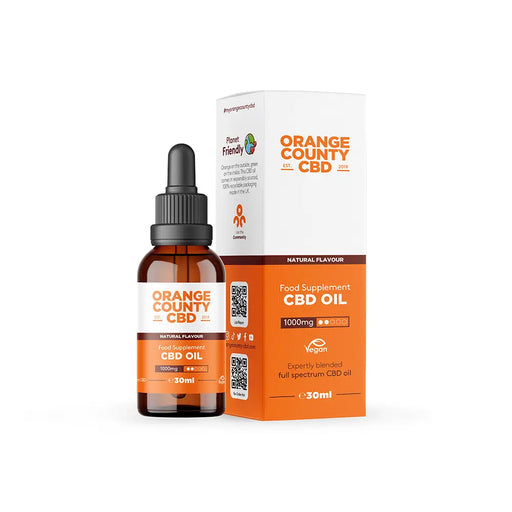
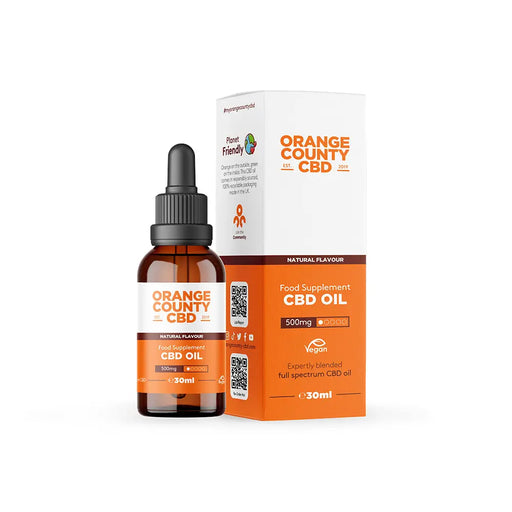
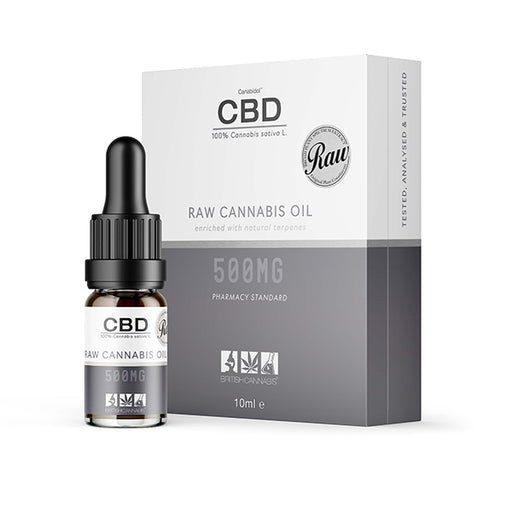
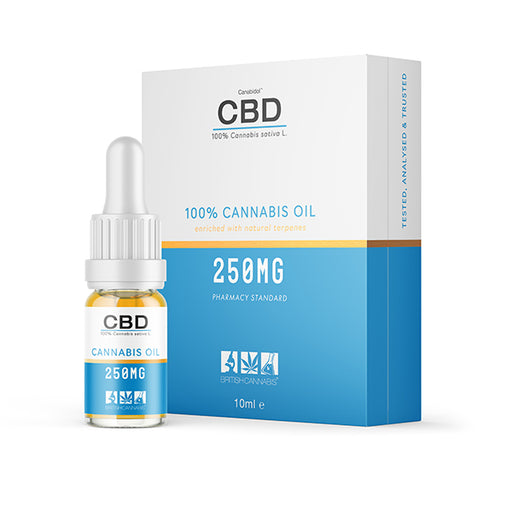



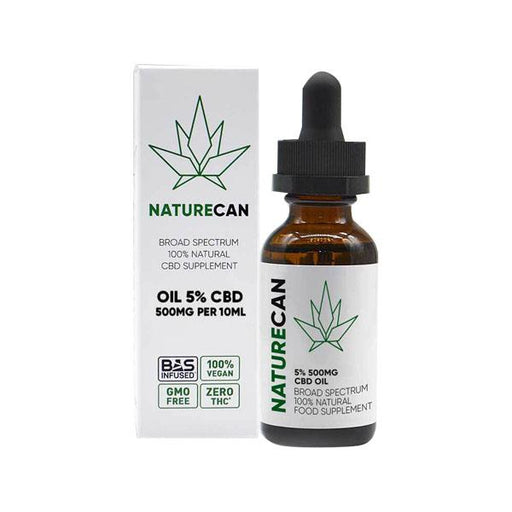


Leave a comment